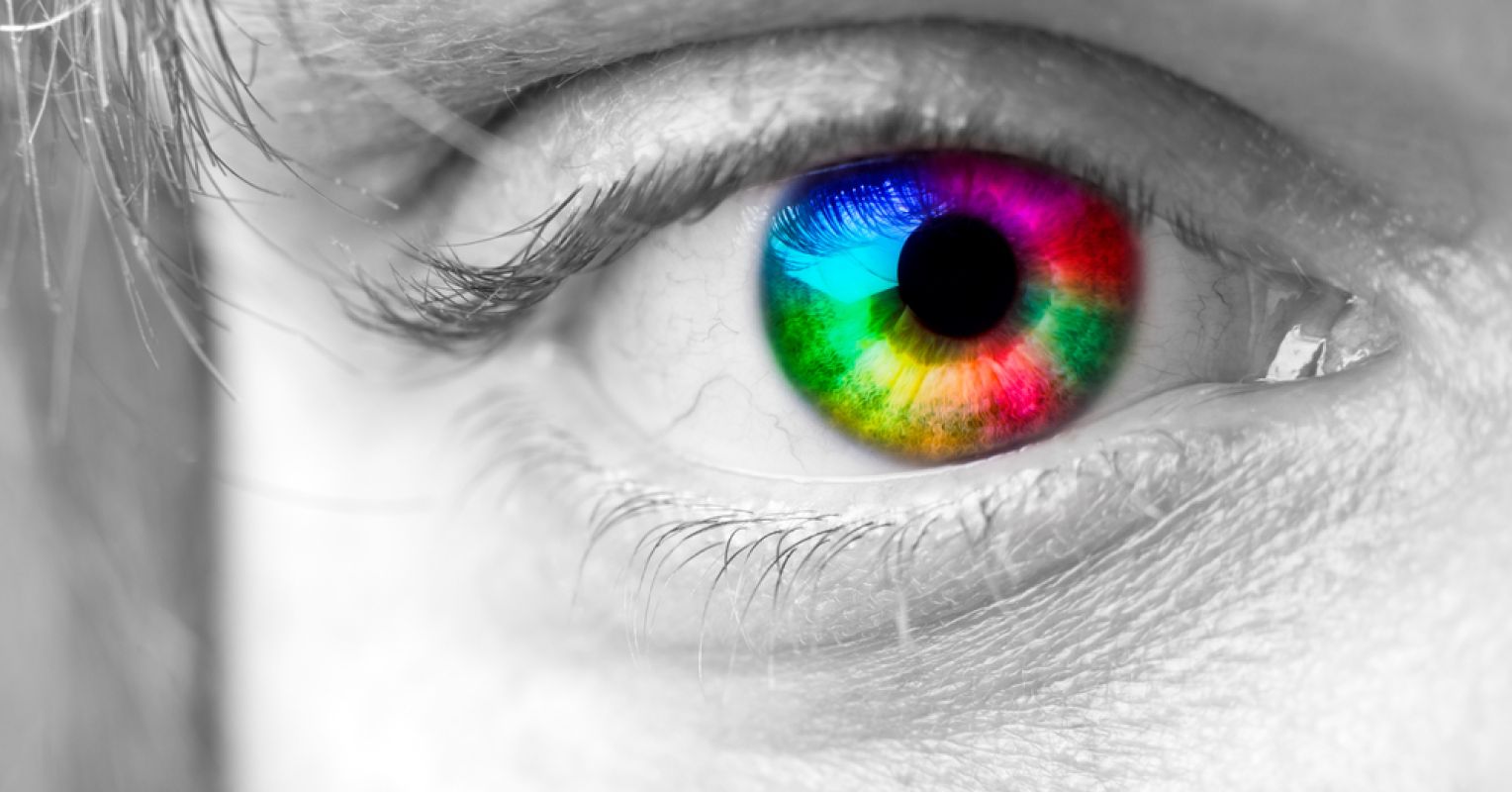
Fifty-five years ago this month, a radically new kind of production took the stage in New York’s Public Theater. It declared itself a rock musical and true to the genre's ethos. It featured plenty of profanity, nudity, and other themes that shocked critics and audiences alike. It was also overtly political, protesting the still-ongoing Vietnam War. But all that mattered little to the detractors who claimed that Hair was a subversive show. What seemed to bother pundits most was that much of the play, from its now-iconic poster to many of its lyrics, was a passionate love song to psychedelics.
This should hardly come as a surprise. In 1967, psychedelics were considered the almost exclusive domain of a new archetype–the hippie, all long hair and no care for consequence. A few brilliant and credentialed scientists were researching the sidelines. They argued that psychedelics held immense therapeutic promise. But, for the most part, these substances were dismissed as too mercurial and wild for anyone to take seriously, mainly in light of the extensive (and effective) demonization process for these substances, led mostly by politicians for various unscientific reasons.
What a difference half a century and a mental health crisis make.
Today, thankfully, our attitudes towards psychedelics are very different, and the minds the field attracts are some of our finest and most curious. Michael Pollan, for example, one of America’s most celebrated and trusted science journalists, set out to write about a group of cancer patients using psilocybin to help them grapple with their difficult treatments.
After his piece ran in The New Yorker, he grew so fascinated with the field that he wrote a best-selling book, the unimprovably named How to Change Your Mind. The book details the many strides physicians and researchers have made using psychedelics to treat addiction, depression, and a host of other difficult mental health challenges.
Pollan is hardly alone in his fascination. When he was a young child, Paul Stamets suffered from a severe stutter that left him nearly paralyzed whenever he had to interact with others. Experimenting with psychedelics soon helped him overcome his impediment, leading him to become a mycologist.
He is currently best known as the star of one of the most popular documentaries in Netflix history, Fantastic Fungi, a love song to psychedelic mushrooms and their tremendous healing potential.
And lest you think that psychedelics are still largely the domain of brainy sorts who are conducting their own research, you might want to listen to Aaron Rodgers, one of the most accomplished quarterbacks in the National Football League. Speaking on Joe Rogan’s popular podcast earlier this year, Rodgers admitted that he had used psychedelics numerous times and said the experience left him feeling like a changed man.
“I really feel like that set me on my course to be able to go back into my job and have a different perspective on things,” Rodgers said about his experience, “and to be way more free at work as a leader, as a teammate, as a friend, as a lover, and I really feel like that experience paved the way for me to have the best season of my career.”
This torrent of serious and diverse luminaries, from scientists and writers to entrepreneurs and athletes, suddenly developing a strong interest in psychedelics raises two crucial questions: Why now? And what next?
The first question is easy to answer. Now that we have advanced technology, including cutting-edge imaging devices, we can easily test many of our hypotheses about psychedelic substances and how they interact with our neurotransmitters.
Here, for example, is how the prestigious publication Science described one recent groundbreaking study:
Researchers looked across 6850 written reports of real-world drug experiences with various psychedelic drugs and computed which experiential themes were most associated with psilocin. These themes were, in turn, associated with the neurotransmitter receptors that psilocin is known to engage in the brain.
Because the genetic expression of these neurotransmitter receptors has been mapped within the brain’s structure, [the researchers] connected psilocin’s ‘receptor-experience profiles’ to the brain’s genetic and functional network architecture.
In other words, the researchers could quantitatively translate a person’s subjective individual experience with psychedelics into the precise profiles of the molecules in our brains responsible for that experience.
These new tools and methods now give us a much more accurate portrait of how psychedelics work. This leaves us with the second and infinitely more complicated question: What should we do now?
Here, thankfully, the answers are many and varied. We already see approvals from the FDA for certain psychedelic-based treatments, as well as new and ongoing studies that show tremendous promise in using psychedelics to treat anything from post-traumatic stress disorder to alcohol addiction, from binge eating to depression. As these studies and results reveal new paths and possibilities, it’s safe to assume even more attention—and brain power, funding, and public interest—will go into psychedelic research.
We’ve come a long way since the 1960s, and it’s good to look back at milestones like the premiere of Hair and reflect on how much we’ve learned. Dancing Broadway stars singing about dropping acid may be cool. Still, top-notch scientists are learning precisely what psychedelics can do to deliver effective, safe, and meaningful treatments that are much cooler.
"come" - Google News
September 30, 2022 at 02:09AM
https://ift.tt/niyeIx0
Psychedelics Come of Age - Psychology Today
"come" - Google News
https://ift.tt/OoLJHCS
Shoes Man Tutorial
Pos News Update
Meme Update
Korean Entertainment News
Japan News Update
Bagikan Berita Ini














0 Response to "Psychedelics Come of Age - Psychology Today"
Post a Comment